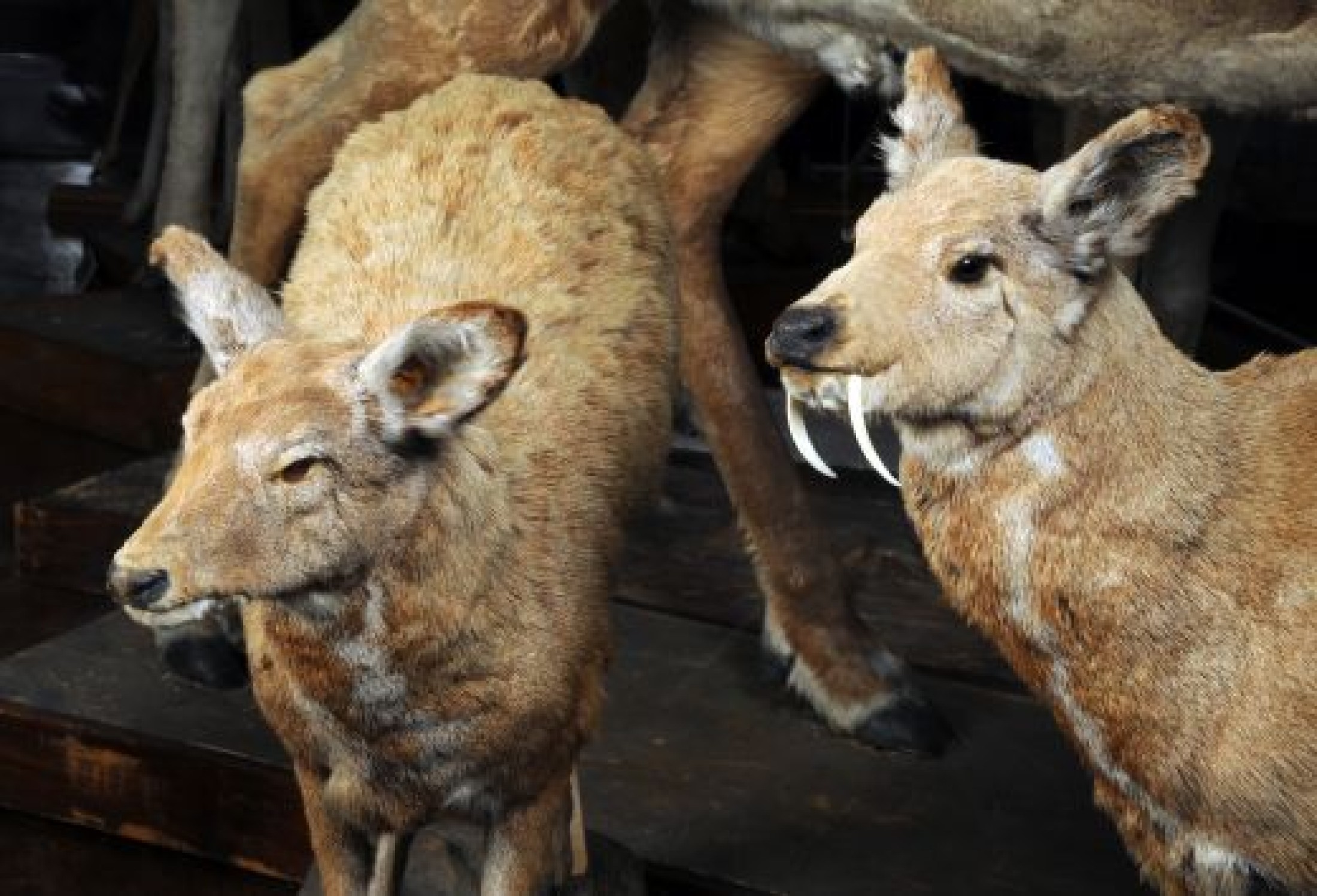The Collection
Scientists are aware of some 6,000 species of mammals, and new species are described at regular intervals. About 300 million years ago, the line leading to mammals split from the one leading to reptiles and birds (the nearest living relatives of mammals).The collection of the NHM Vienna encompasses 80,000 – 100,000 mammals from all groups, among them specimens of historical
value from the late 18th and early 19th centuries, as well as some species that became extinct in recorded history (e.g. Tasmanian tiger, crescent nail-tail wallaby,
quagga and blue antelope). Most of the objects held are skins, skeleton preparations, furs and alcohol preparations, but there
are also about 2,000 dermoplastics.
Apart from material important for biology research – such as numerous type specimens (reference specimens for the naming of
a species) – the collection also includes historically precious objects, such as the primates collected by Johann Natterer
in the 19th century in South America.

















